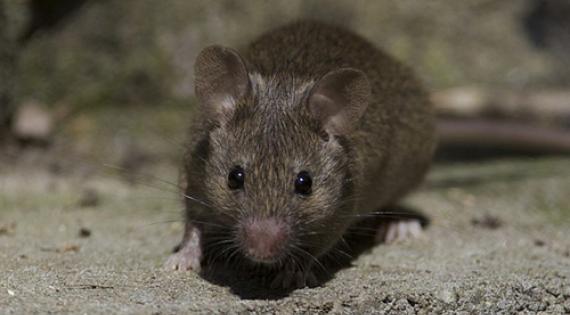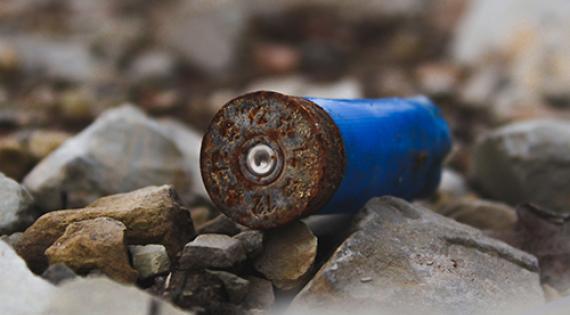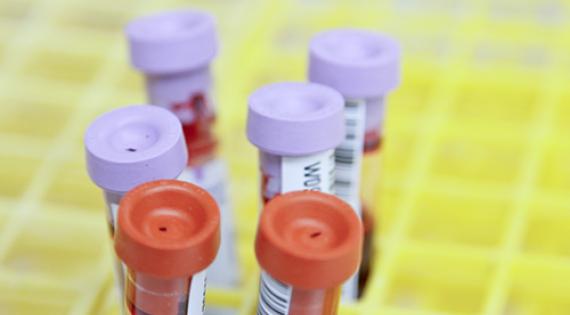The PBMS is the only wildlife contaminant exposure monitoring programme that covers marine, freshwater and terrestrial habitats at a UK scale. Our work provides underpinning scientific evidence that informs national and international policy.

Rodenticides
We work with regulators and industry to try and minimise unintentional risk to wildlife from rodenticides used to control rats and house mice. You can read more about our work on rodenticides.

Toxic pollutants
The PBMS tracks changes in environmental concentrations of toxic pollutants, such as mercury and brominated flame retardants, to monitor the effectiveness of international mitigation efforts. You can read more about our work relating to POPs, mercury and lead.

Lead exposure
We measure the exposure to lead from lead shot and ammunition to determine the risk to wildlife and inform the work of Defra’s Lead Ammunition Group (LAG). Read more about lead exposure.

Population genetics
Samples collected by the PBMS have been used to study the population genetics of species such as the golden eagle.

Diseases transmissable to humans
PBMS samples are used to monitor diseases in wildlife that can pass to humans, such as West Nile Virus.
Anticoagulant Rodenticides
The PBMS has demonstrated widespread exposure of predatory birds in Britain to second generation anticoagulant rodenticides (SGARs). These compounds are used to control rodents, and predatory birds are exposed by eating contaminated prey. The United Nations Environment Programme (UNEP) Convention on Migratory Species has recently highlighted the risk from anticoagulant rodenticides to species of conservation concern.
We work with regulators (Health & Safety Executive’s Chemicals Regulation Directorate), statutory nature conservation bodies (Natural England), key industry groups (Campaign for Responsible Rodenticide Use) and NGOs, such as the RSPB. Our monitoring provides the scientific evidence to evaluate the risk that SGARs pose to wildlife and the effect of national mitigation measures that may be required as part of product authorisation under the Biocidal Product Regulation (BPR, Regulation (EU) 528/2012). The overall aim is to minimise inadvertent wildlife exposure while maintaining the efficacious rodent control needed to help maintain public health and the sustainability of agriculture.
Persistent Organic Pollutants (POPs)
The PBMS monitors a range of legacy and emerging persistent organic pollutants (PCBs, brominated and other flame retardants, fluorinated compounds, PAHs, etc) in predatory birds and their eggs. This provides scientific evidence of the effectiveness of the REACH directive (EC) No. 1907/2006 and OSPAR convention in controlling or banning emissions to the environment of harmful chemicals.
Mercury (Hg)
The United Nations Environment Programme (UNEP) recently agreed the Minamata Convention on Mercury, a treaty to protect human health and the environment from the adverse effects of Hg. An overarching aim of the convention is to control the anthropogenic releases of Hg to the environment. The PBMS, through monitoring Hg accumulation in sentinel wildlife species, is a key means by which the impact of the Minimata Convention can be assessed in Britain.
Lead (Pb)
PBMS monitoring has included measuring the exposure of wildlife to lead, and in particular assessing the potential risk from ingestion of lead shot and ammunition fragments. This work provides underpinning data to inform the work of Defra’s Lead Ammunition Group (LAG) and assessment of poisoning risks to species of high conservation concern that are listed in the United Nations Environment Programme (UNEP) Convention on Migratory Species.
UK National Capability
The PBMS archives the tissues and eggs it collects as part of its NERC National Capability funding. The archive currently holds more than 35,000 samples that date back to the late 1960s. The archive has been used to study chemical fate and behaviour, to trial new monitoring and for a wide range of conservation-related studies.
Links with other monitoring schemes
The PBMS is part of the NERC- initiated Wildlife Disease & Contaminant Monitoring Scheme, WILDCOMS. This network enhances interaction between all the major vertebrate disease and contaminant monitoring programmes in the UK, thereby providing a more integrated and comprehensive overview of disease and contaminant risk to UK wildlife. This will inform Defra’s Health of the Environment status reports.
The PBMS has also been working with other monitoring schemes across Europe through the EURAPMON network to enhance the ability of monitoring schemes from across Europe to exchange knowledge, data and best practice.
Image credits
Mouse - Saxifraga: Luc Hoogenstein
Gun cartridge - Unsplash : James Kovin
Golden eagle - Saxifraga: Jan Nijendijk
Tissue sample tubes - Unsplash: National Cancer Institute
